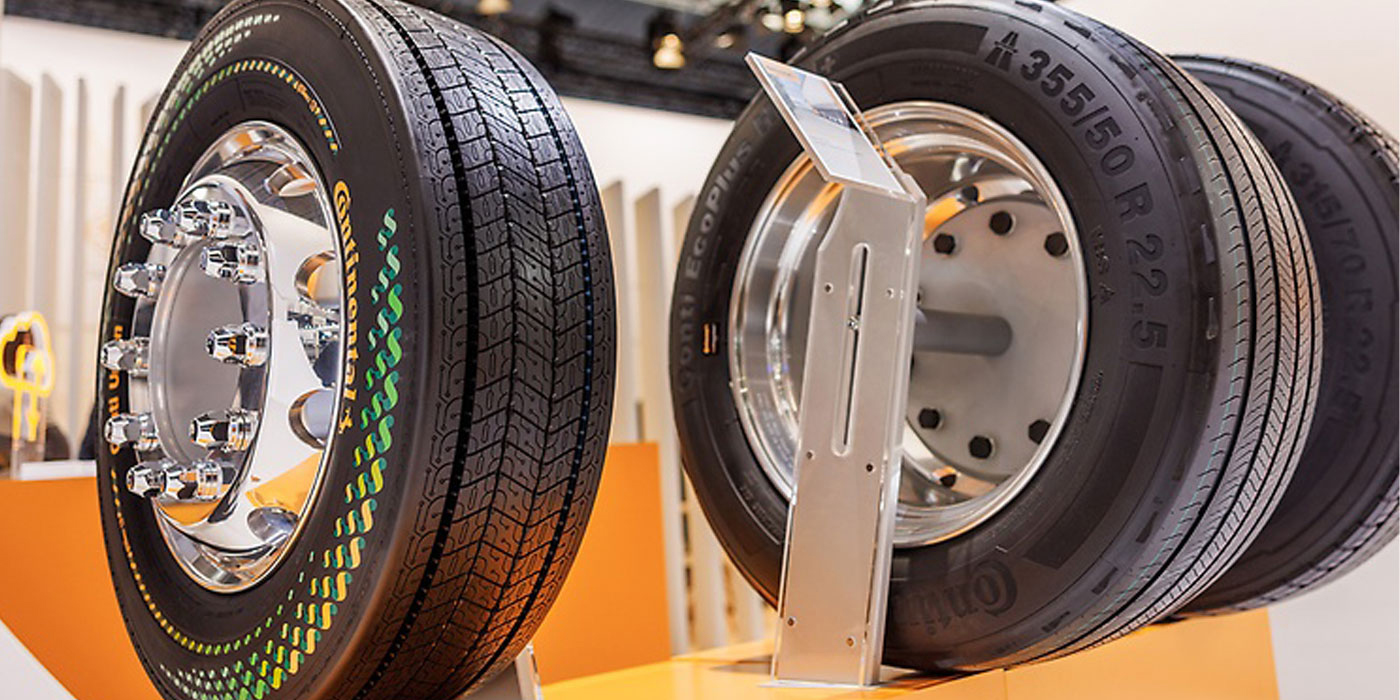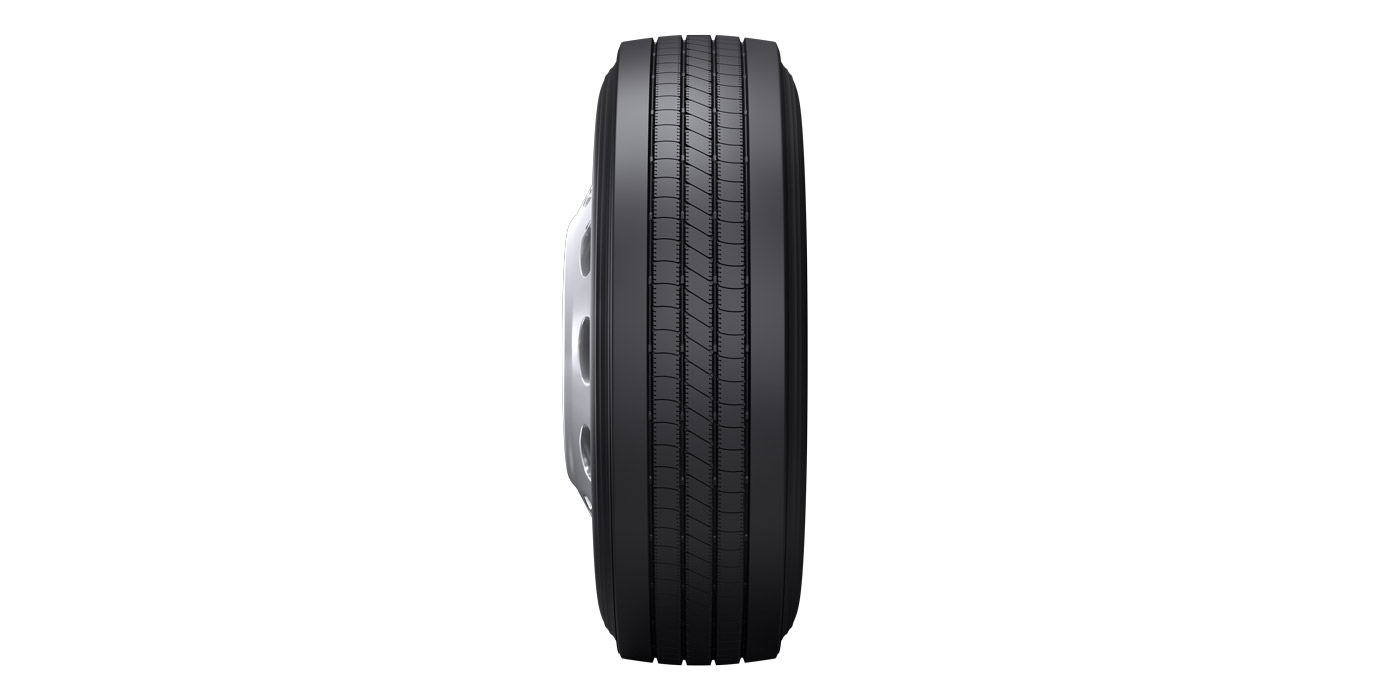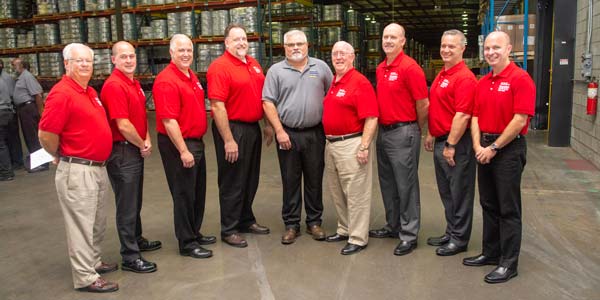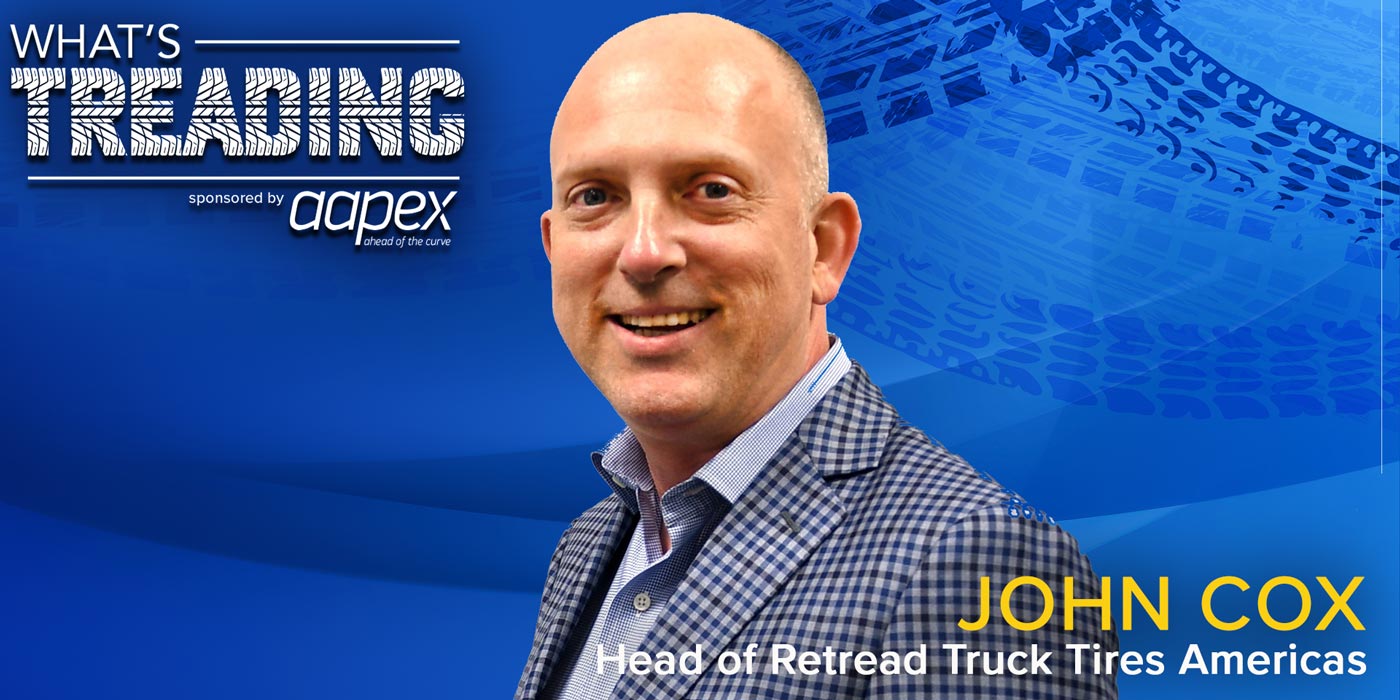When I was asked to contribute an article forecasting what the future held for the truck tire retread market during the next 12 months the first thought that came to my mind was “China.”
Although I am writing this while sitting in my office in California, I am well aware that Tire Review has readers in many countries outside of North America, and based on both my travels and speaking to many of our members worldwide, I know that China comes to the forefront in nearly all of our conversations with retreaders.
The low price of Chinese medium truck tires is giving many of our retreader members fits, especially when they receive emails soliciting them to buy popular size truck tires at prices that are often actually lower than what they charge to retread a similar size.
I have a number of additional emails from various companies in China offering similar sizes and pricing. Pretty scary.
Since these emails are often finding their way to trucking companies, they become very tempting to fleet managers when they see that they can buy a new radial tire for less money than they pay to have their tires retreaded. Sometimes even less than a retreadable casing.
As we know from past experience, many of the low price “no name” Chinese medium truck tires turned out to be a very bad deal for the trucking companies that bought them, and, in the short term at least, the trucking companies that have had negative experiences decide to not touch a Chinese made truck tire ever again.
But the Chinese are not dumb, and they quickly realized that they had to improve their quality if they want be able to continue to sell their low-priced truck tires in other countries.
So we are now seeing an improvement in the quality of radial medium truck tires produced by many Chinese truck tire manufacturers. In fact, many brands of truck tires – steer, drive and trailer axle radials – produced in China are now SmartWay-verified (for a current list of SmartWay truck tires, contact the Retread Tire Association by phone to 831-646-5269 or by email to [email protected]).
As a matter of interest, our association, in addition to having scores of retreader members, has many casing dealers as members and for those of you on our mailing list, you know that over the years we have published hundreds of RTA Casing Memos for our members (both casing dealers and retreaders) who want to either buy or sell truck tire casings.
At one point in time we were publishing RTA Casing Memos on an almost daily basis, but in recent months the number of RTA Casing Memos we publish has dropped dramatically, and we can only attribute this drop to the fact that new Chinese truck tires at extremely low prices has had – and continues to have – a serious detrimental effect on the sale of retreadable casings.
We know this based on the many conversations with our members who are looking to us for help with the problem. Regrettably, we have to inform them that it is not in our power to help and we can only suggest that they contact their congressmen and air their complaints about how the low-priced new Chinese truck tires are affecting their business.
Before I move on, there has been a sea of change in the quality of many brands of Chinese truck tires, and a number of our members have reported that they now are having no problems with these brands and that in addition to providing good performance they are very retreadable.
The good thing about the quality improvement of these new truck tires being produced in China is as the quality improves, the price rises, bringing them very close to Tier 3 tires produced in other countries, including in the U.S.
Only time will tell whether retreaders in North America and other countries throughout the world can learn to live with the influx of Chinese truck tires because they are not going away.
Improvements in Quality
I try to speak to a few of our retreader members weekly and one of the questions I always ask is how low is their adjustment rates. Before going on, let’s define “adjustment.” It does not necessarily mean that one of their retreads is going to fall apart causing serious damage. Rather, it might mean that for some reason the retread in question is not handling well or might not be holding air, etc.
In many cases, I am hearing that their adjustment rate is 1% and most of our members actually report that their adjustment rate is even less.
A story I like to tell: A while ago I was visiting the retread plant of one of our very large members and while walking through his retread plant, which produces an average of 500 truck tire retreads daily, I said to the plant manager, “I bet I can tell you what your adjustment rate is.” He said, “Go ahead.” I said, “It’s under 1%.”
“You lose, “ he said. “It’s under 0.5%.” When I asked how he was able to keep it so low he stated that every tire was subjected to shearography testing during the retread process and then again before leaving the plant. The adjustment rate in this plant is close to zero.
Thanks to technologies such as shearography, X-ray, and non-destructive testing, retreaders are producing a better quality product than ever before.
However, there are still too many ex-users who will not touch a retread because of past problems years ago, and it is our job, along with other associations, to continually tell the story of how top quality retreads produced in modern top quality retread plants can reduce their tire costs while delivering the same safety, performance and handling as higher-priced new tires.
We will probably always also fight the battle of explaining why there is so much tire debris (road alligators) on our highways. We in the retread industry know that these road alligators are nearly always caused by improper tire maintenance – underinflation, overloading, mismatching of tires in dual wheel positions, etc. But fight it we will, by publishing news releases and articles explaining that retreads are not the cause of this tire debris and to blame retreads for road alligators is the same as blaming a vehicle for an accident caused by a drunk driver. The blame is simply misplaced.
Knowledge IS Power
I like to think that I know a fair amount about tires and although I’m not the smartest guy on the block, I do know that I can always learn more, which is why I want to tell you about a really great article entitled, “The Facts Behind Low-Rolling Resistance Tires,” which appeared in the February 2015 issue of The Trailblazer, a publication of the Technology & Maintenance Council (TMC) –American Trucking Associations.
This article opened my eyes to many facets of low rolling resistance tires that I never had thought about. To obtain a copy of this article, contact the TMC at 703-838-1763.
Another good source of ongoing information about tires, including retreads, is to subscribe to at least two or more trucking magazines. I know that too many retreaders do not even know the names of the major trucking magazines. A quick Google search will provide you with the names of five or six top-of-the-market magazines.
I hope you have gained a bit of knowledge by reading this article, and I will leave you with my offer to always try to be helpful with additional information about retreading and also about the Retread Tire Association.













